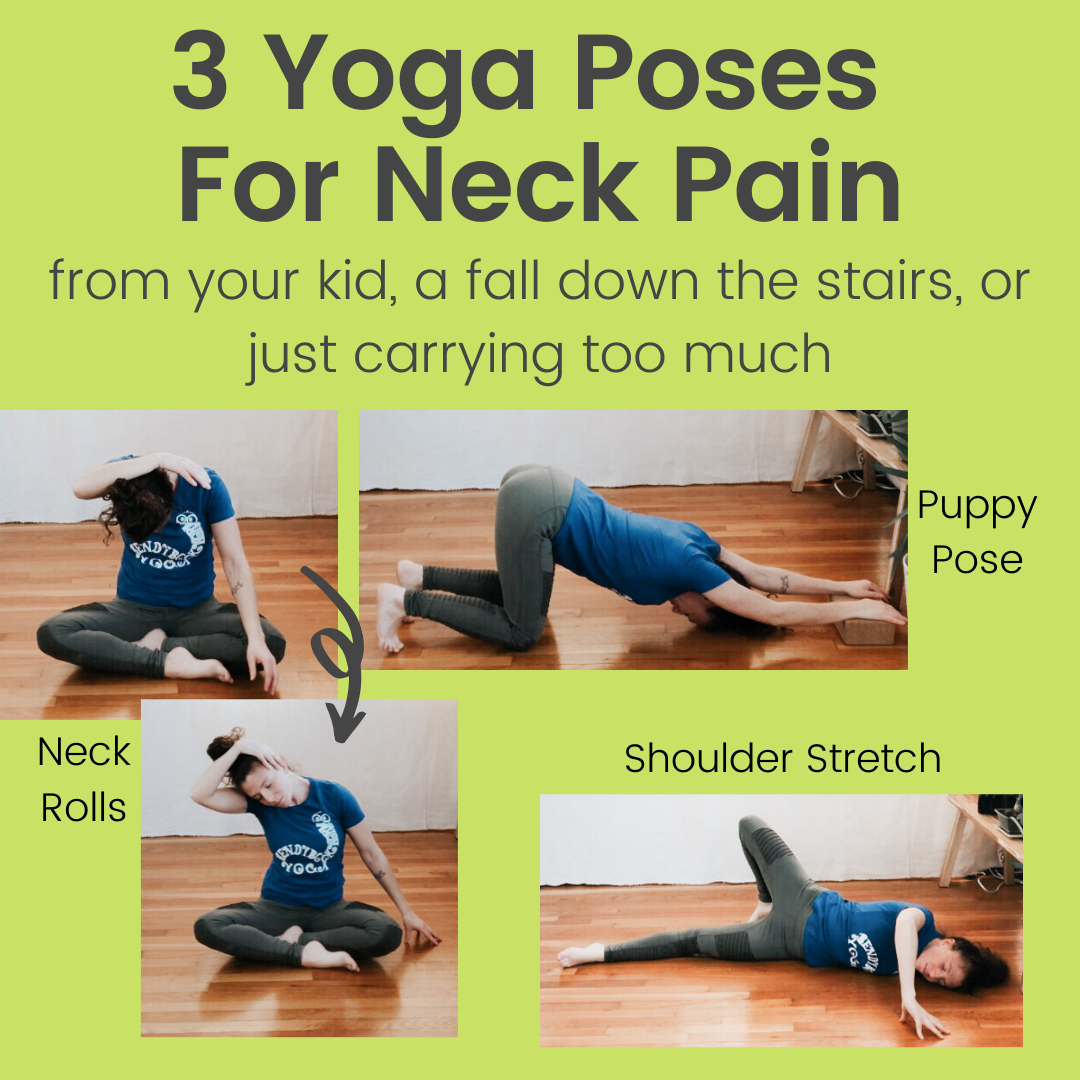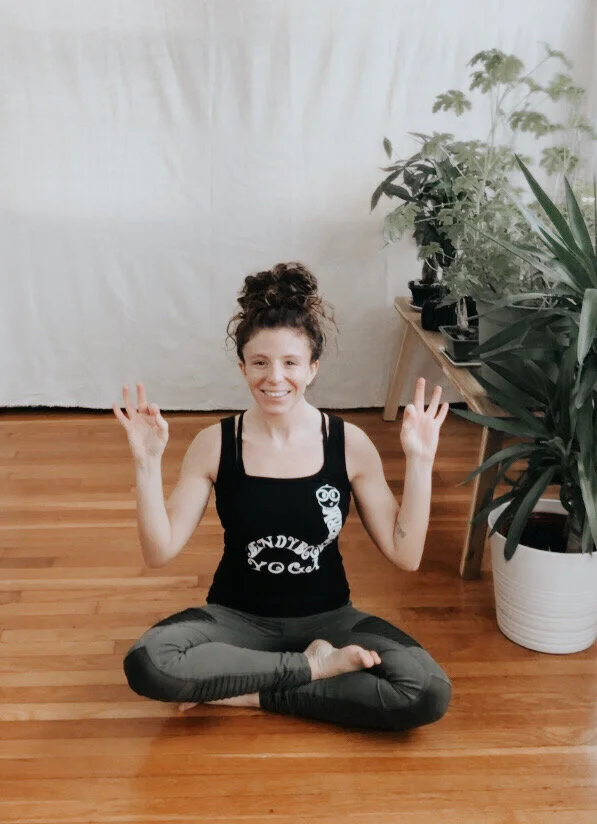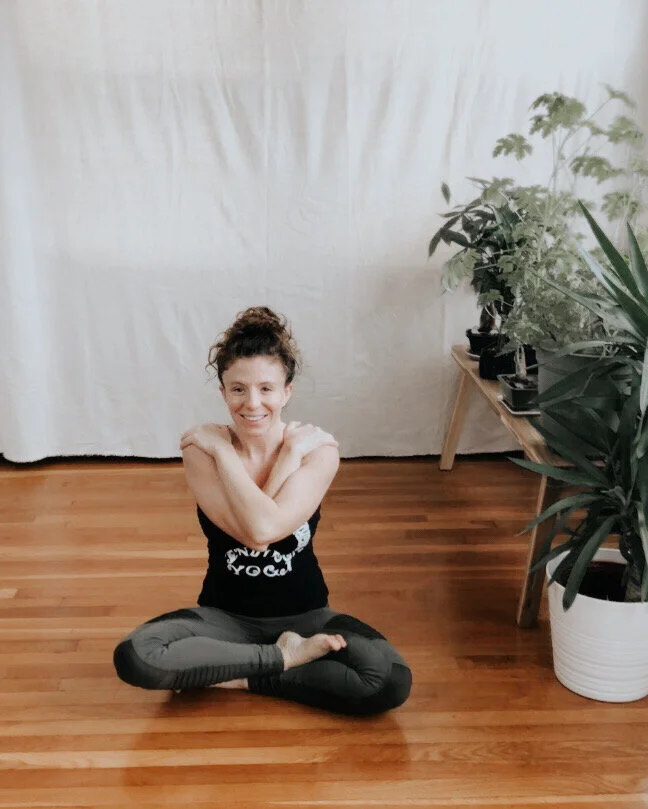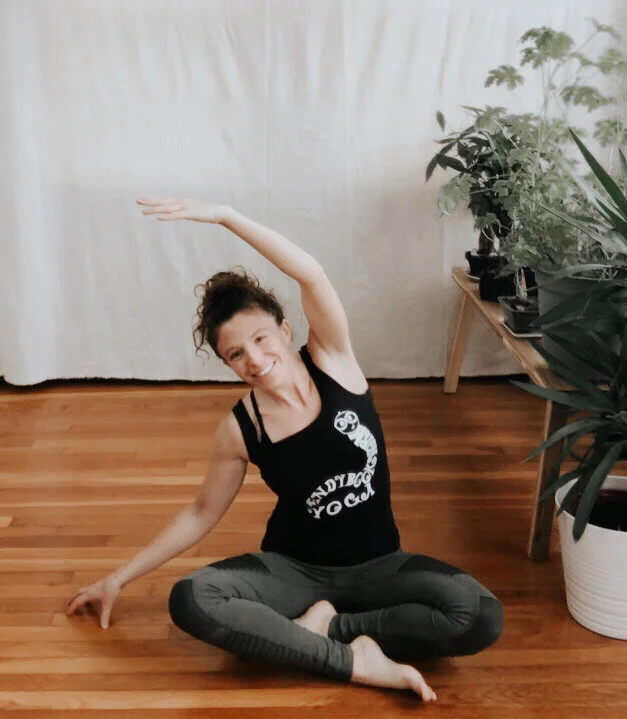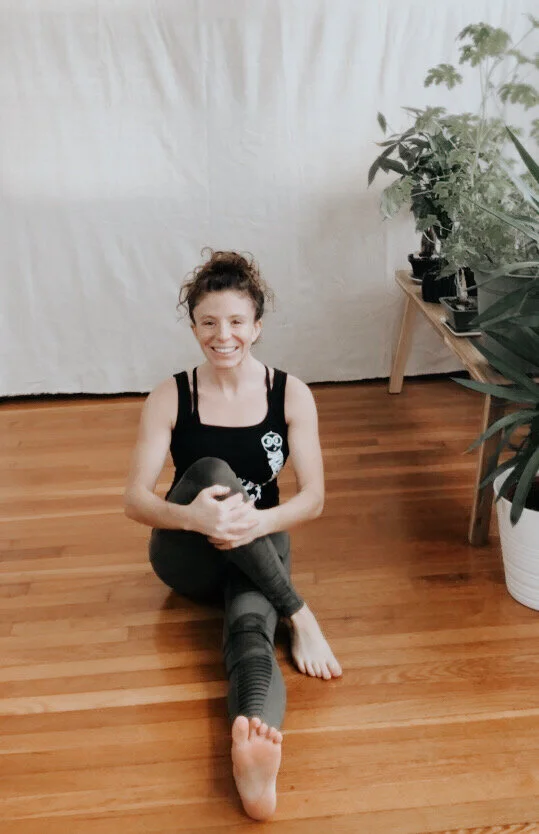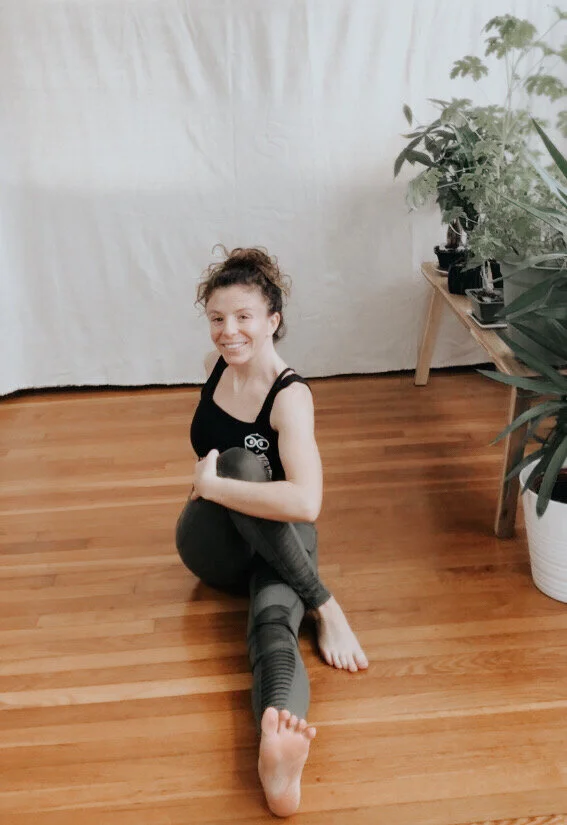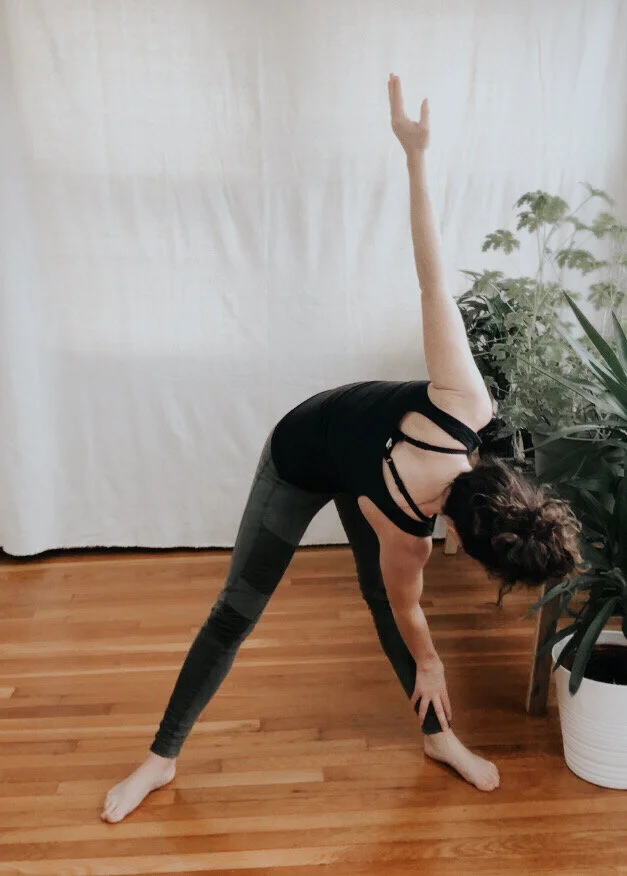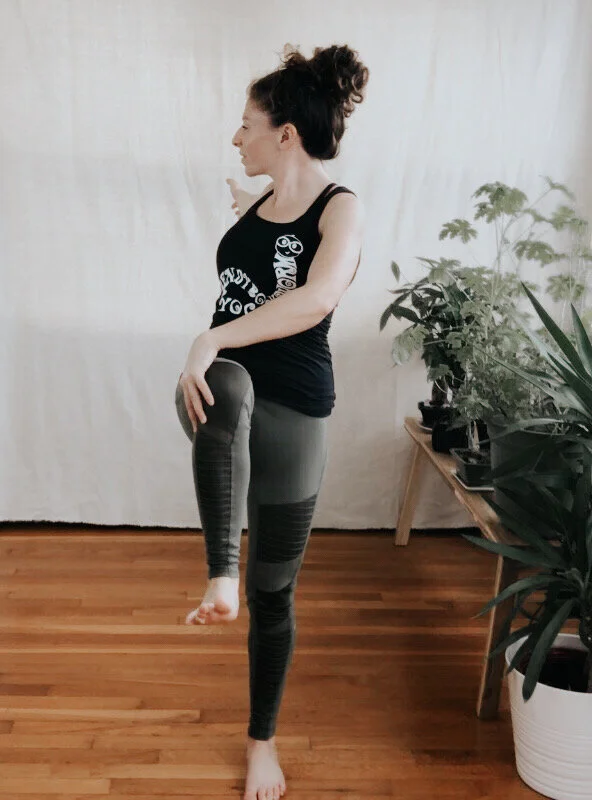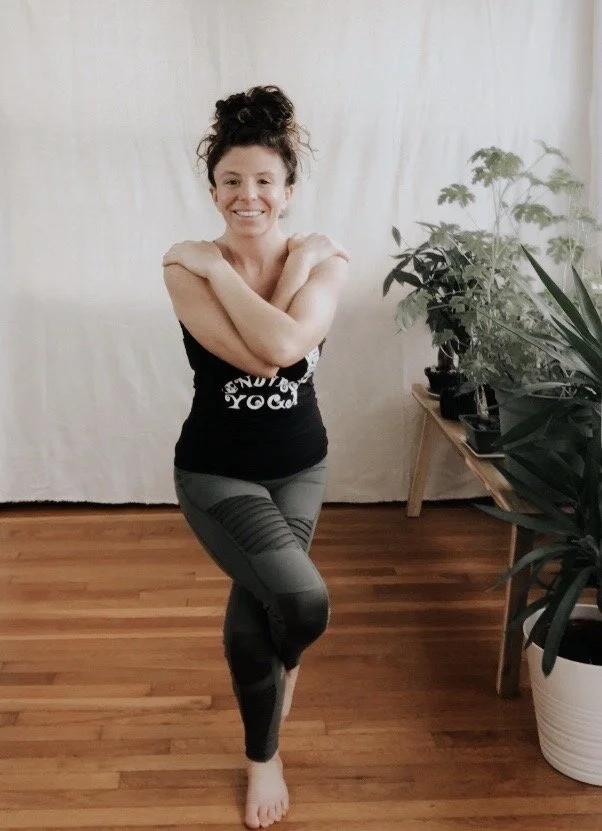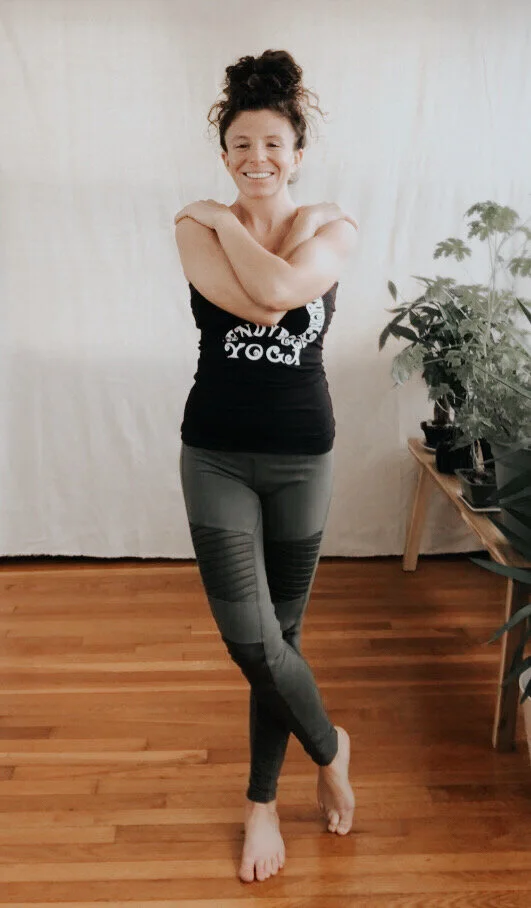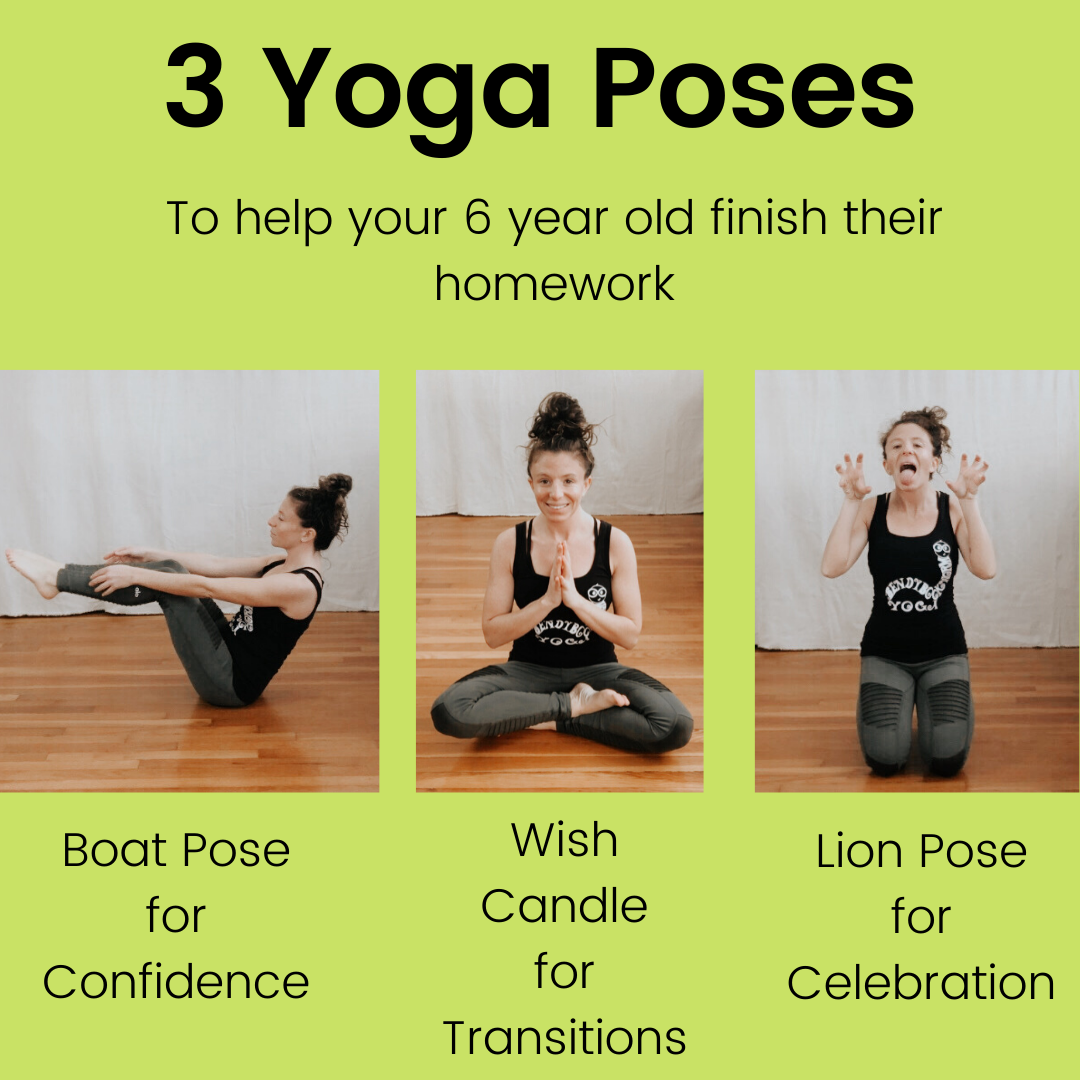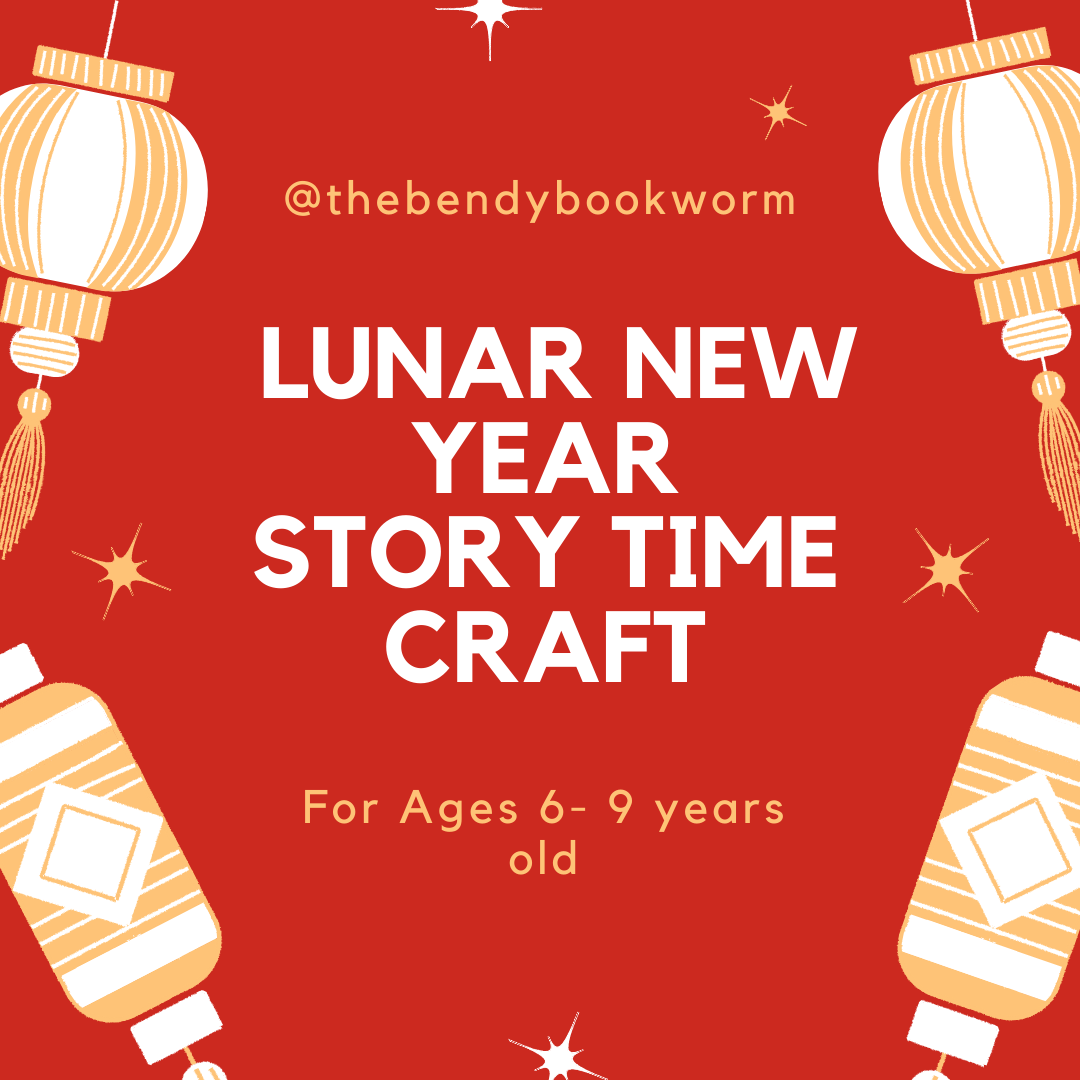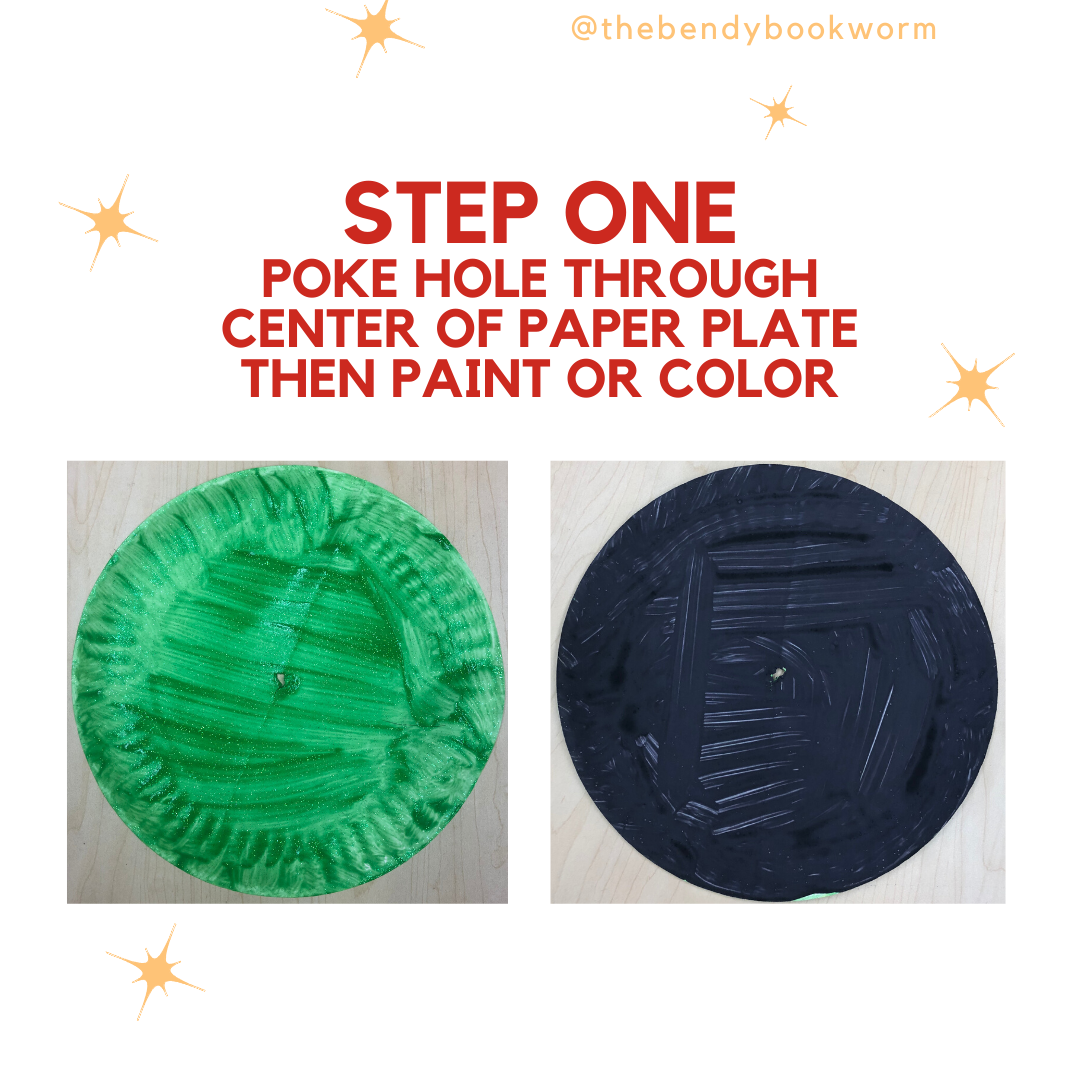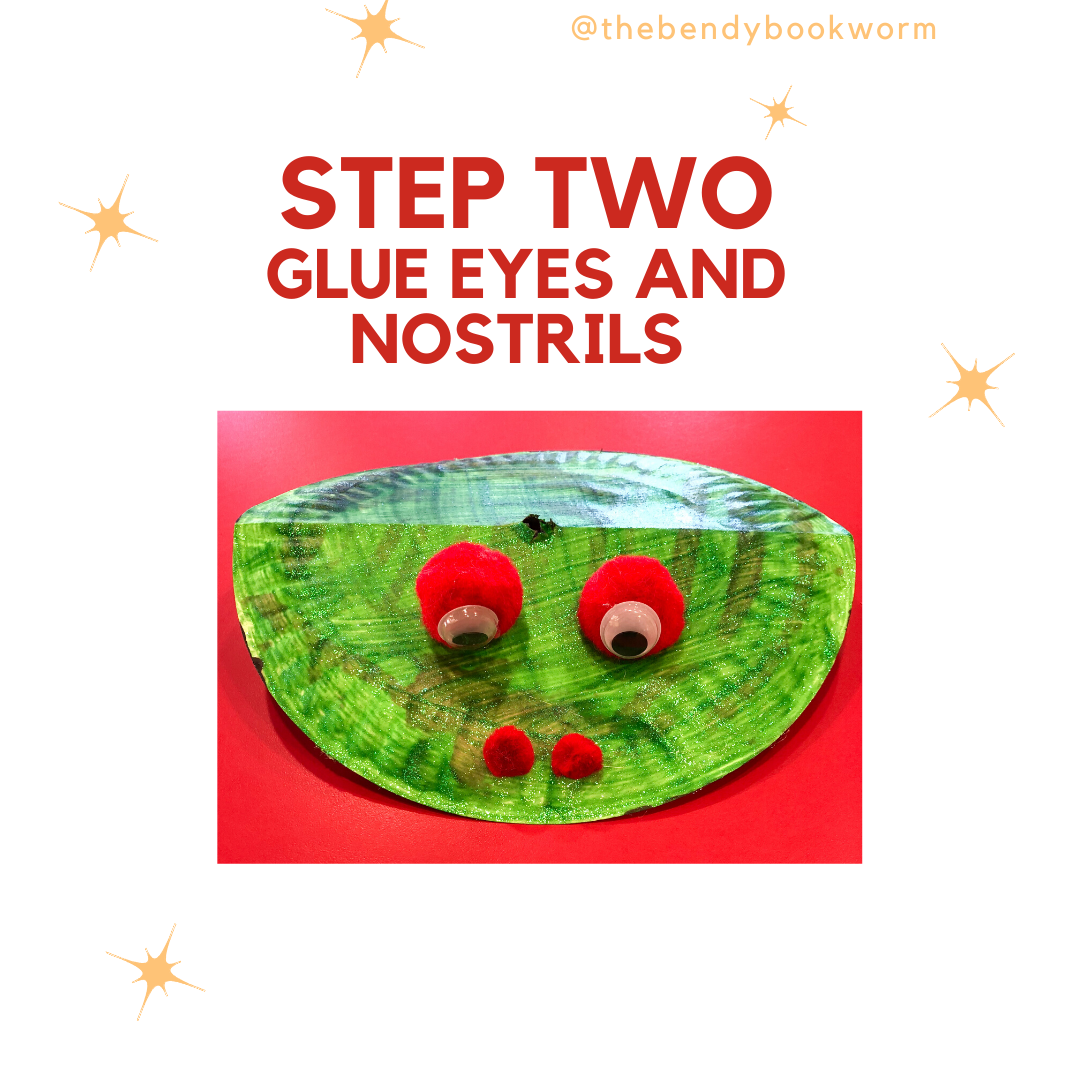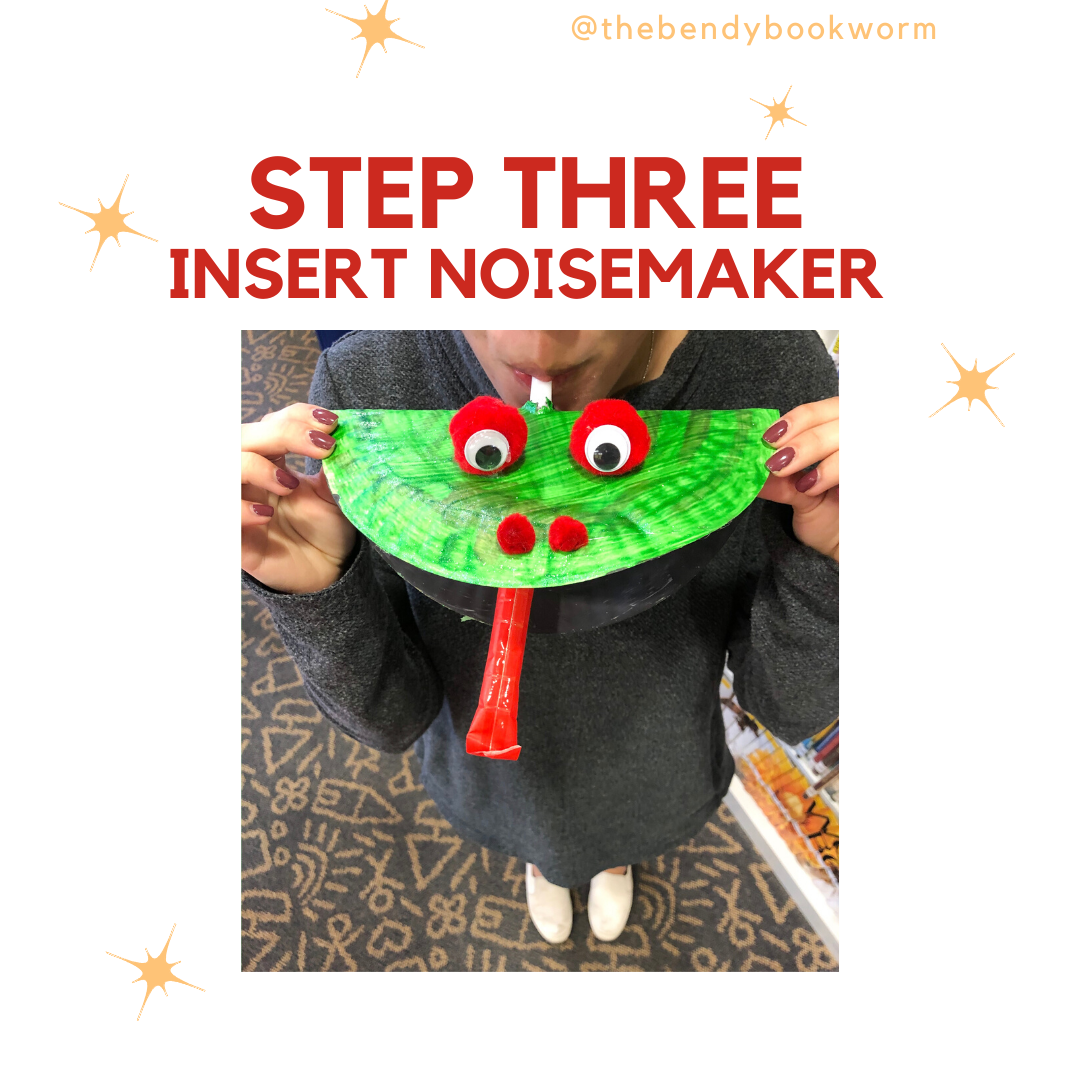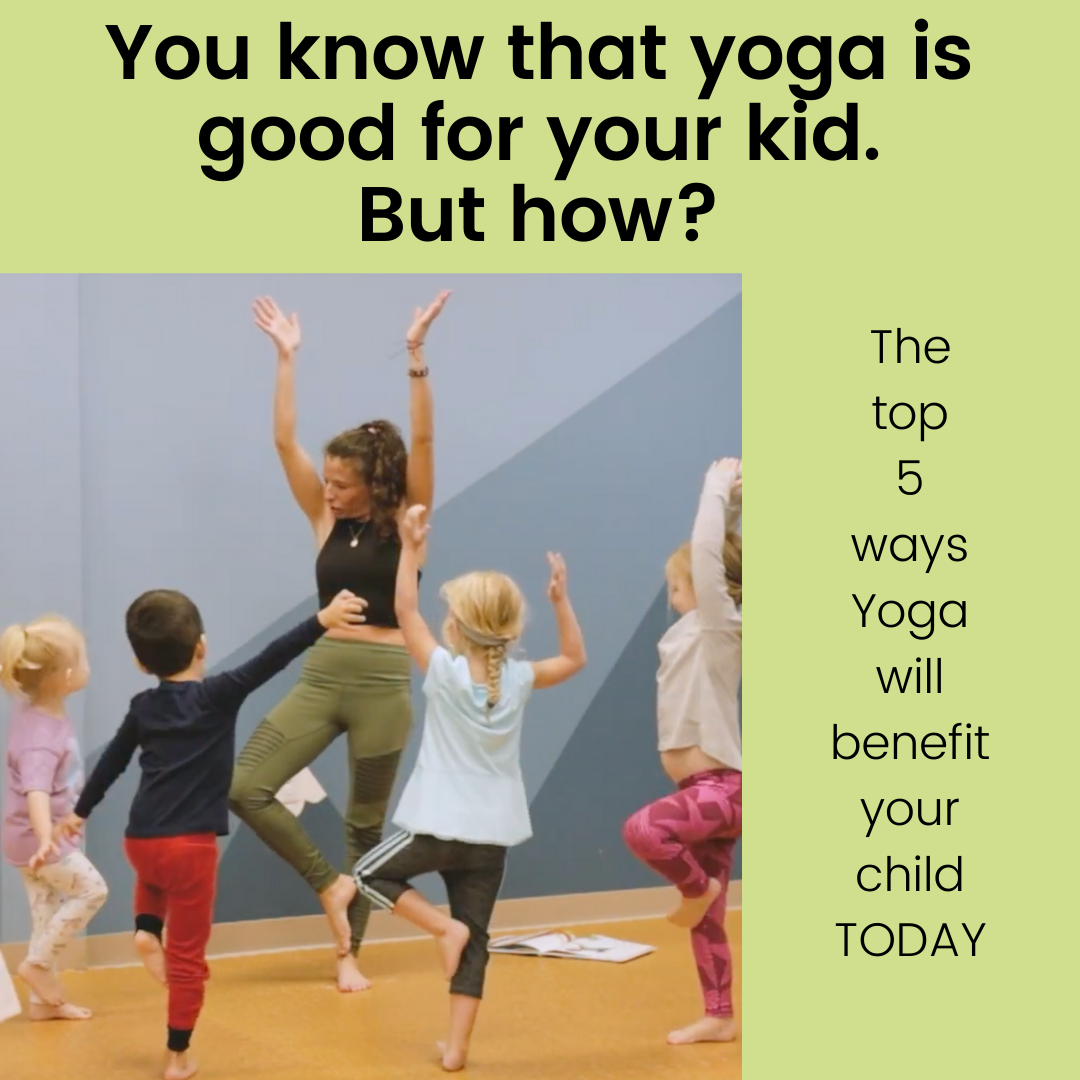Kids fall. I don’t have to tell you this. We talk a lot about getting back up after a fall. But the emphasis always seems to be about the getting back up part. For me, it’s less about getting back up and more about facing that thing again. Kids are tough. Most of the time they’ll get back up… but will they want to try it again? These poses are meant for AFTER the fall, after they’ve gotten back up, and after you’ve dried their tears and calmed their wailing. These 4 Yoga poses are for what comes next: the moment when they have to choose to face that damn hard thing again or avoid it.
Lion Pose
…..for bravery. It takes some serious bravery to try something after you’ve already gotten hurt, failed, burned, etc. Lion Pose is perfect for facing that challenge and roaring in its face. Roaring is empowering, it’s the “I got this!” yell that comes after the “Shit that hurts” crying. Have your toddler sit on their heels. Raise their hands and curl their fingers into fierce lion claws. Stick their tongues out (no child can stick their tongue out and NOT giggle) take a deep breath in and ROAR that breath back out! AS LOUD AS THEY CAN! Repeat as many roars as needed to feel ready to charge that challenge.
Tabletop (child’s bridge) Pose
…..for finding ways to cross the gaps. Sometimes it’s less about force and more about imagination. Frustration can be just as disheartening as a face plant. Practicing bridge pose is perfect for teaching them to try a different way of tackling the problem (tying shoes, getting their jacket on, and brushing their teeth are all frustrating skills that can create an opportunity for bridge pose problem solving). Have them sit on their bottoms, plant their hands on the ground (on either side of their hips), and step the soles of their feet down on the ground. Count to three and have them lift their belly buttons up to the sky (lifting their bottoms off the ground). Lower back down.
***For an extra challenge, lift one foot up towards the ceiling (repeat with the opposite foot).
Explorer Pose
….for staying curious. Teaching curiosity will help combat self defeatism and doubt. It separates the child from the problem so that the child’s identity does not become mixed up in the failure. I know the dreaded “Why?” can be frustrating when asked over and over. BUT encourage it! “Why?” creates endless possibilities. Ending the “Why?” forces unnecessary conclusions (like “It’s my fault” “I’m not good enough” “I can’t do this”). Have your toddler begin on their hands and knees. Guide them to reach one foot back and lift the leg up, parallel to the ground. Repeat on the opposite side!
**For an extra challenge, have them reach the opposite arm out in front (parallel to the ground) and if they really want to try something hard: have them bring their hand to their eye like they are looking through a spyglass)!
Bird Pose
….for flying. This pose is to remind them of their own strength and the freedom of flight (success). Avoiding a problem keeps them grounded and stuck; accomplishing hard things brings them freedom and choice. Have them stand tall with their arms lifted out to their sides like wings. Drag one toe back and tap the ground three times. Then begin to lift that back foot up (parallel to the ground). Once the foot is lifted, flap the arms like wings. Lower the foot and arms before repeating the pose by lifting the opposite foot.






































